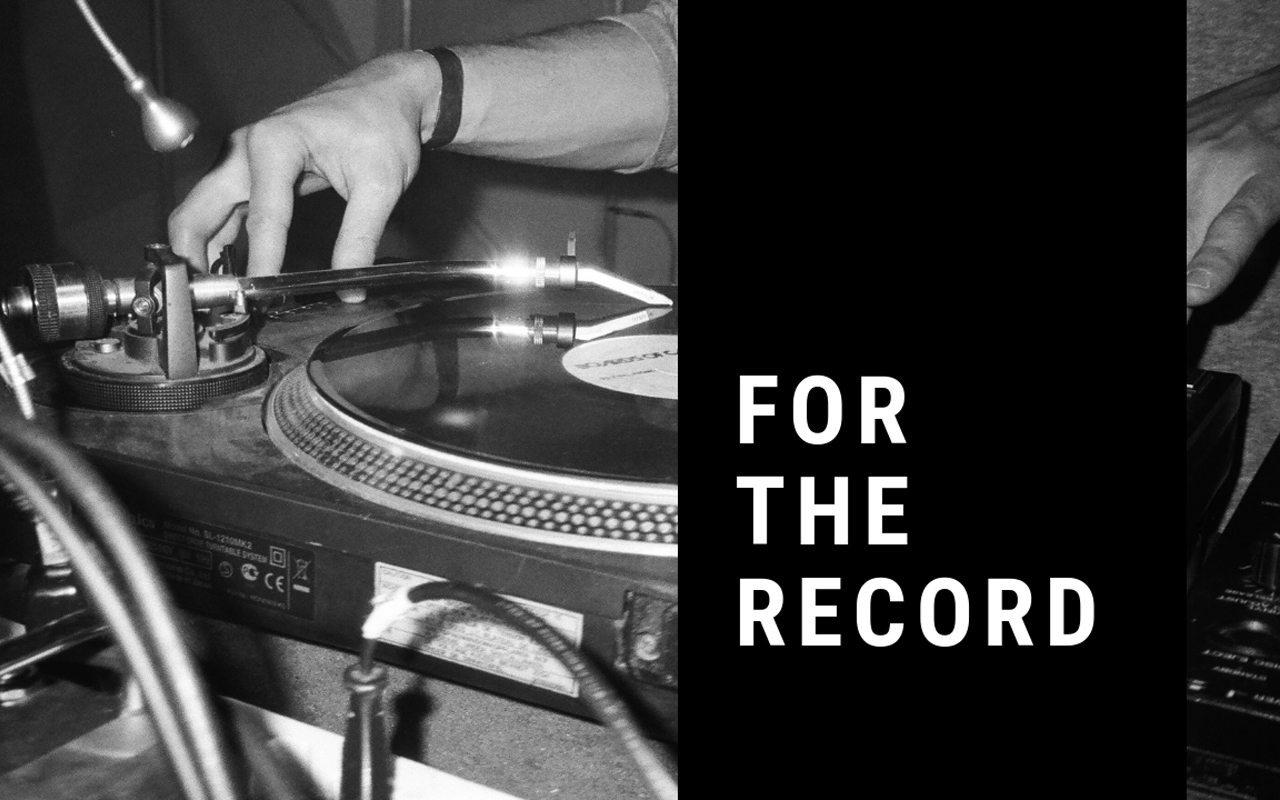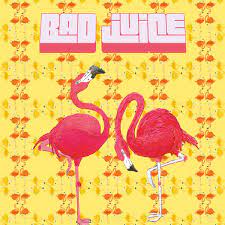

High Pulp
Bad Juice
Self-released
Jazz fusion has made a comeback. Though, as any major dude will tell you, it never left. The vanguard of today’s fusion, artists like Thundercat and Snarky Puppy, continue to meld the philosophy of jazz in the instrumentation and attitude of rock and funk. Rather than brashly rehash the past, however, today’s fusionists channel its golden era self-consciously, rescripting the optimistic ideals of another time for our own.
Seattle’s fusion big band High Pulp’s debut, Bad Juice, embodies some of the best qualities of this new-old wave. The group, founded in a Greenwood basement in 2015, answers the new millennium’s post-trip-hop, -indie, -ambient, -drum & bass, etc. contemporary with vinyl sharp grooves, macramé arrangements, and session-level instrumentation. Having honed their dynamic in regular gigs at The Royal Room and festivals including Upstream, High Pulp were playing on the record even before they had one.
Despite ‘Pulp’s high–performance levels, recording engineer Jason Gray (of the Polyrhythmics) has cooked up something good in Bad Juice. From outer space to house party, the ten-piece group sounds apiece throughout. Horn section Raphael Zimmerman (trumpet), Andrew Morrill (alto sax), Victory Nguyen (tenor sax), and Isaac Poole (trombone) make a formidable tower of power, locking sweet harmonies on tunes like “Hookai.” There are few equivalents to the channel-surfing breaks of Rob Granfelt (drums), Scott Rixon (bass), and Walter Torres’ (percussion) percussion section, heard on surprising arrangements like the trickily titled “Smooth.”
Rob Homan and Antoine Martel (keyboards), along with Gehrig Uhles (guitar), honor the hallucinogenic atmosphere of Miles’ electric era on surfy cuts like “Dave’s,” and a wah-wah get down worthy of John Shaft on “Ezell’s,” a cool hallelujah, no doubt, to Seattle’s esteemed fine dining institution, Ezell’s Fried Chicken. Like a secret recipe, High Pulp’s sound, as good music must, transcends its ingredients. While a track like “Impression” starts in ambience, dub-style drums, and praying keyboards, it suddenly jumps from the reverb-heavy reflections of the horn section, with sample-like shouts to a fast-tracked beat begging for rhymes. The form is asymmetric, but the effect is magic: what’s old becomes new again.
–Ian Gwin